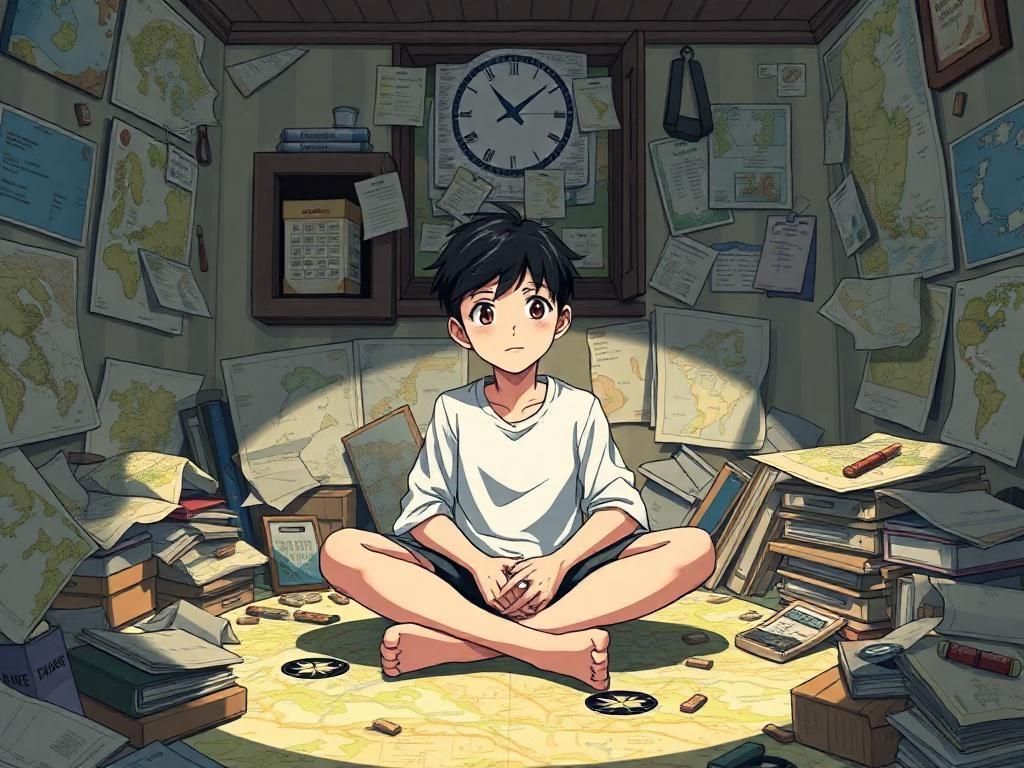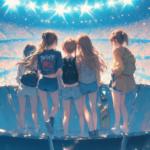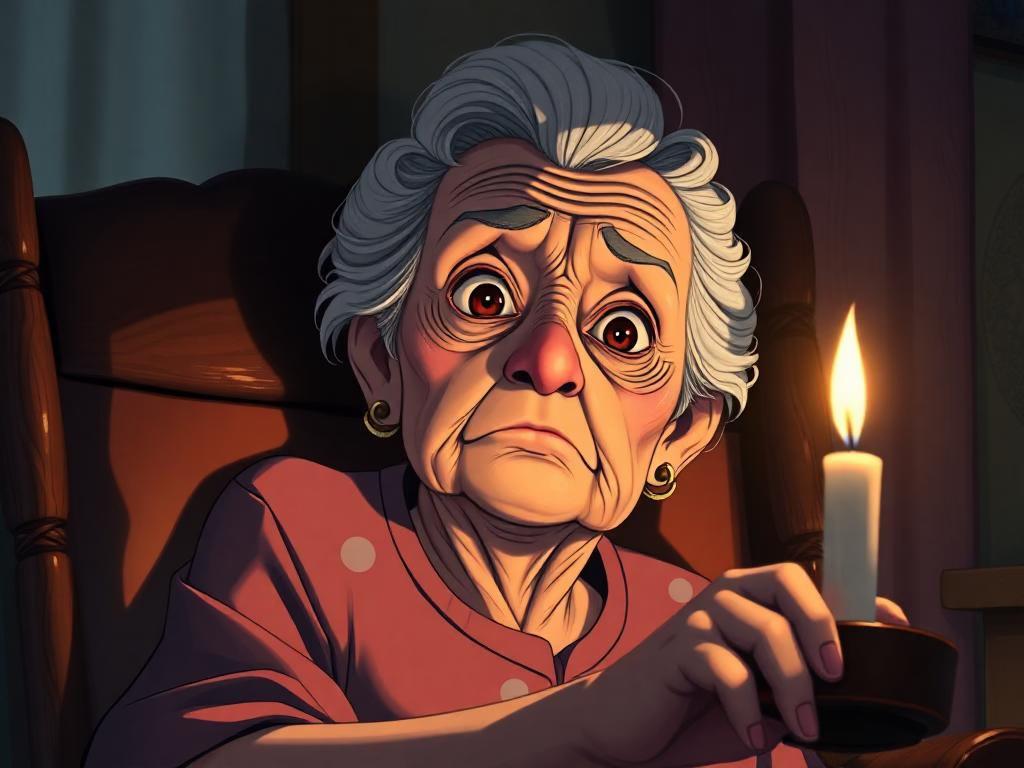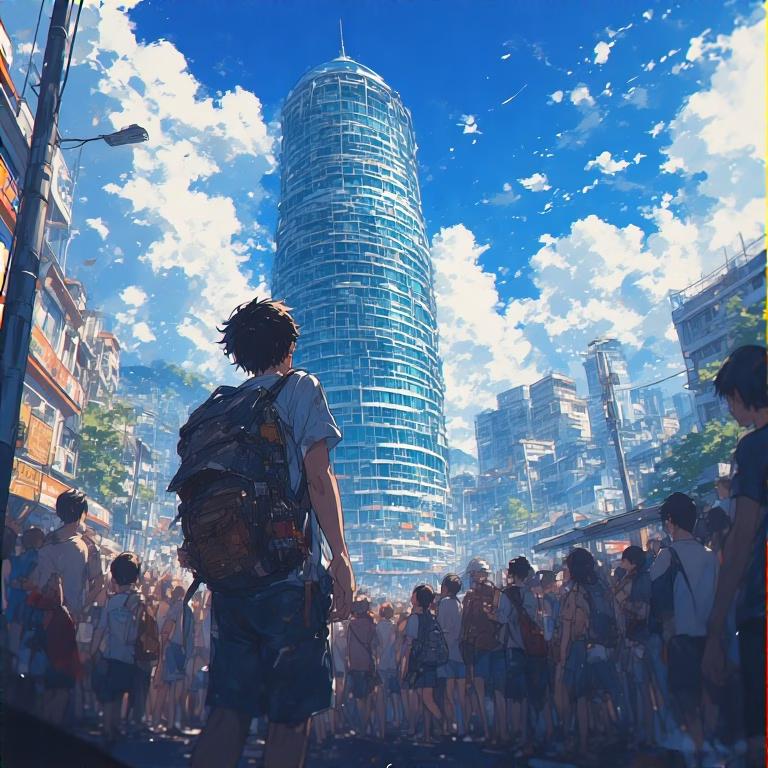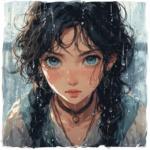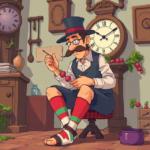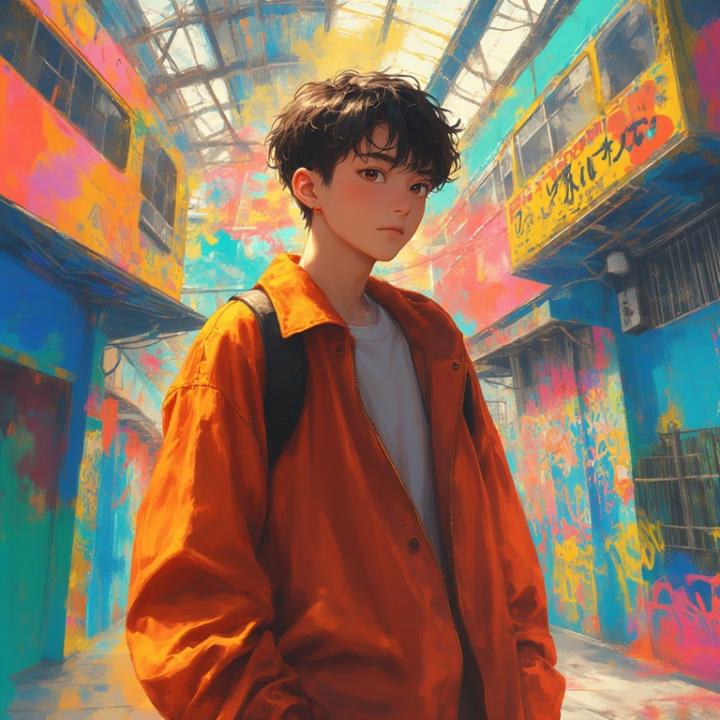
Eddy always carried a sketchbook like it was a shield. Not because he thought the world was dangerous — though sometimes it felt that way — but because drawing was the only time his thoughts didn’t race ahead of him. Lines, shapes, shadows — they made sense. People? Not so much.
Anna, on the other hand, wore confidence like a second skin. She danced through life with a camera slung over her shoulder and a smirk that said, I know something you don’t. She’d grown up in George Town, knew every hidden alley and rooftop view, and had dragged Eddy to Hin Bus Depot one humid Saturday afternoon with a promise: “You’re gonna see something no one else has.”
“You mean besides the cat that lives behind the vintage store?” Eddy asked, flipping open his sketchbook to a half-finished drawing of a girl with wings made of paintbrushes.
“No,” Anna said, lowering her voice like she was about to reveal a state secret. “I mean art that talks back.”
Eddy rolled his eyes. “Art doesn’t talk.”
“Not out loud,” she said. “But it whispers.”
That was how it began.
Anna led him past the café with the rainbow awning, past the mural of a tiger curled around a book, past the old bus chassis turned sculpture garden. Then she stopped in a forgotten corner of the depot — a dim corridor where sunlight cut through broken tiles in golden stripes.
“There,” she said, pointing.
On the wall, half-covered by peeling plaster, was a small painting. Not graffiti. Not quite. It was a girl’s face — stylized, haunting — with one eye open, one closed. In her hand, she held a key made of light. Beneath it, in delicate script:
“Follow the ones who see in reverse.”
Eddy frowned. “What’s that supposed to mean?”
Anna grinned. “Exactly what I said. Art that talks back.”
They returned the next day. And the next. What started as a lark became an obsession.
Because the painting was gone the following morning — but in its place, on the ceiling of the old ticket booth, was a new piece: a mirror made of shattered glass, each shard reflecting a different version of Eddy’s face. Beneath it:
“The truth is not whole. It is broken, and beautiful.”
Then, near the bamboo garden, a stencil of a bird with ink for feathers, flying toward a door that wasn’t there.
“Open with your hands, not your eyes.”
Eddy began to sketch the clues. But something strange happened — as he drew, his hands moved on their own. He wasn’t copying. He was answering.
One night, he woke with his sketchbook open. He hadn’t touched it, but there, on the page, was a drawing of a staircase spiraling into a canvas. Beneath it:
“You’re closer than you think.”
Anna saw it and went still. “Eddy… you didn’t draw this?”
“I swear,” he whispered. “But it feels like I did.”
They started calling the artist The Echo. No one in the depot claimed to know them. The shop owners shrugged. “Art just appears,” said the woman at the ceramic studio. “Like dreams finding walls.”
But Eddy began to notice something else: the clues only appeared when he was alone. Or when he felt something deeply — frustration, longing, the ache of not being good enough.
And the art… it knew him.
On the seventh clue, everything changed.
It was painted on the side of an old bus — a ghostly figure standing at a crossroads, one path lit by streetlights, the other by stars. In its hand: a sketchbook, open to a blank page.
And beneath it, in bold, swirling letters:
“The message was never for me. It was for you.”
Eddy stood frozen.
Anna touched his arm. “Eddy… that’s your handwriting.”
He looked closer. The script — the slant, the way the y curled at the end — it was his. But he’d never written it.
That night, he dreamed of a girl with paint-stained fingers, standing in a room full of mirrors. She turned to him and said, “You’ve been drawing me all along.”
When he woke, he didn’t reach for his sketchbook. He went straight to Hin Bus Depot.
He walked through the quiet morning, past shuttered shops, until he reached the far wall — the one no one ever painted on, cracked and shadowed.
And there, as if summoned, was a final piece.
A self-portrait.
But not of Eddy as he was.
This Eddy stood tall, eyes alight, hands raised like he was conducting light. Around him, the walls bled color — murals sprouted from his fingertips, poems unfurled from his breath, music shimmered in the air.
At the bottom, a single line:
“You were never searching for the artist. You were becoming one.”
And then — a whisper, not in his ears, but in his bones:
“Thank you for finding me.”
Eddy didn’t cry. But something inside him cracked open, like a door long sealed.
The next morning, a new mural appeared at the entrance of Hin Bus Depot.
No one knew who painted it.
It showed a boy and a girl standing at the edge of a canvas world, one holding a sketchbook, the other a camera. Above them, the words:
“Art is not what you see. It’s what sees you.”
Anna took a photo. Eddy signed the corner with a single letter: E.
And somewhere, in the rustle of leaves or the echo of footsteps, a laugh — soft, knowing — slipped into the wind.
And so, in the heart of Penang, where old buses once rumbled to life, a new kind of engine began to hum —
one painted in dreams,
drawn in courage,
and whispered,
by a boy who finally listened.
